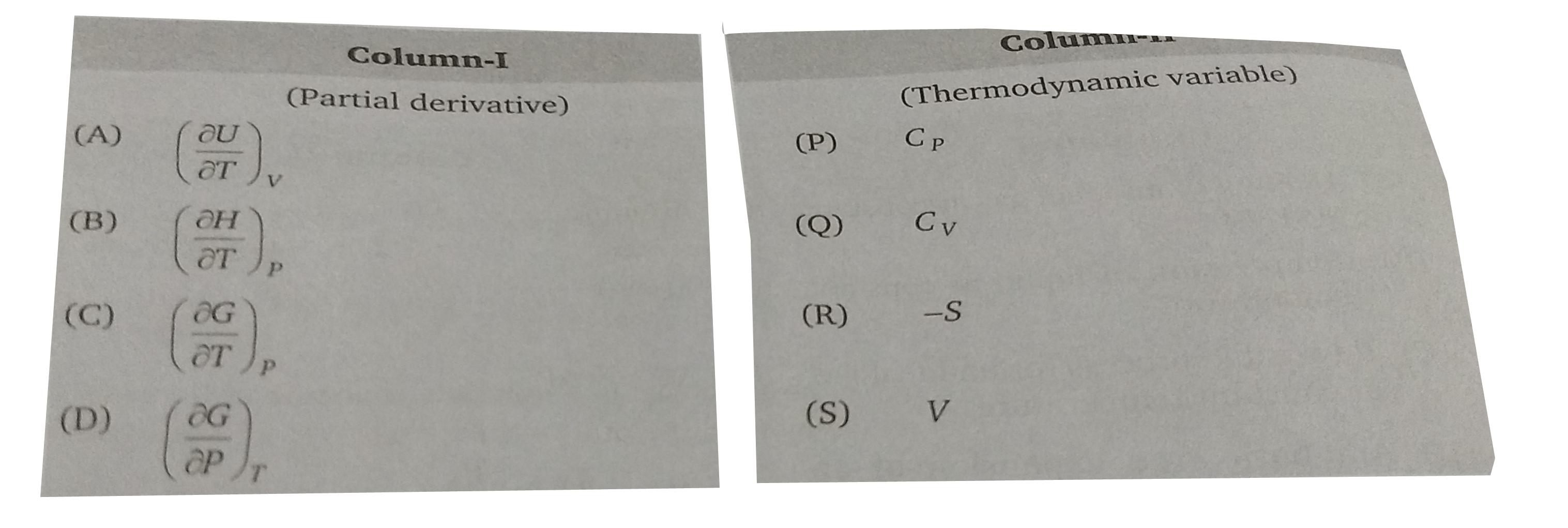What volume of air at 1 atm and 273K containing 21% of oxygen by volume is required to completely burn sulphur (S8) present in 200g of sample , which contains 20% inert material which does not burn. Sulphur burns according to the reaction 18S8(s)+O2(g)→SO2(g) Solution in Telugu
23.52 litre
320 litre
112 litre
533.33 litre
Step by step video & image solution for What volume of air at 1 atm and 273K containing 21% of oxygen by volume is required to completely burn sulphur (S_8) present in 200g of sample , which contains 20% inert material which does not burn. Sulphur burns according to the reaction 1/8 S_8(s)+O_2(g)rarrSO_2(g) by Chemistry experts to help you in doubts & scoring excellent marks in Class 11 exams.
Updated on:21/07/2023Topper's Solved these Questions
- STOICHIOMETRYBOOK - NARENDRA AWASTHICHAPTER - STOICHIOMETRYEXERCISE - Level 1 (Q.91 To Q.120)
30 Videos
- STOICHIOMETRYBOOK - NARENDRA AWASTHICHAPTER - STOICHIOMETRYEXERCISE - Level 1 (Q.121 To Q.150)
30 Videos
- STOICHIOMETRYBOOK - NARENDRA AWASTHICHAPTER - STOICHIOMETRYEXERCISE - Level 1 (Q.31 To Q.60)
28 Videos
- SOLID STATEBOOK - NARENDRA AWASTHICHAPTER - SOLID STATEEXERCISE - Level 3 - Subjective Problems
1 Videos
- THERMODYNAMICSBOOK - NARENDRA AWASTHICHAPTER - THERMODYNAMICSEXERCISE - Level 3 - Match The Column
2 Videos
Similar Questions
0.2 mole of HCIand0.2 mole of barium chloride were dissolved in water to produce a 500mL solution. The molarity of the CI− ions is :
View SolutionWhat are the oxidation number of nitrogen in NH4NO3?
View SolutionDensity of ideal gas at 2 atm and 600K is 2g/L. Calculate relative density of this with respect to Ne(g) under similar conditions : (given : R=112atmLmol.K)
View SolutionIonic solid Na+A− crystallise in rock salt type structure . 2.592 gm of ionic solid salt NaA dissolved in water to make 2 litre solution . The pH of this solution is 8. If distance between cation anion is 300 pm . Calculate the density of ionic solid (Pkw=13 Pka=13)
View SolutionMatch the following columns

View SolutionWhat volume of air containing 21% of oxygen by volume is required to completely burn 1Kg of sulphur (S8) which contains 4% incombustible material? Sulphur burns according to the reaction
12S8+O2→SO2
View SolutionWhat volume of air at 1 atm and 273K containing 21% of oxygen by volume is required to completely burn sulphur (S8) present in 200g of sample , which contains 20% inert material which does not burn. Sulphur burns according to the reaction 18S8(s)+O2(g)→SO2(g)
View SolutionThe volume of oxygen at STP required to burn 2.4 g of carbon completely is :
View SolutionWhat volume of air at N.T.P containing 21 % oxygen by volume is required to completely burn 1000 g of sulphur containing 4 % incombustible matter ?
View SolutionWhat volume of air containing 21% oxygen by volume is required to completely burn 1kg of carbon containing 100% combustible substances?
View SolutionIf the air contains 20% of oxygen by volume and all volumes are measured at the same conditions of temperature and pressure, then the volume of air required to burn 2dm^3 of ethane is ______ .
View SolutionWhen 50 gm of a sample of sulphur was burnt in air 4% of the sample was left over. Calculate the volume of air required at STP containing 21% oxygen by volume.
View Solution50 గ్రా. గంధక నమూనా (S) గాలిలో మండిస్తే 4% నమూనా మిగిలిపోయింది. STP వద్ద 21% ఆక్సిజన్ ఘ.ప. గల గాలి ఘ.ప. లెక్కించండి.
View SolutionAir contains 21% oxygen by weight. What weight of air is required t burn 200 g of coal which contains only 80% combustible material
View SolutionWhat volume of air at 1 atm and 273K containing 21% of oxygen by volume is required to completely burn sulphur (S8) present in 200g of sample , which contains 20% inert material which does not burn. Sulphur burns according to the reaction 18S8(s)+O2(g)→SO2(g)
View SolutionWhat volume of air at 1 atm and 273K containing 21% of oxygen by volume is required to completely burn sulphur (S8) present in 200g of sample , which contains 20% inert material which does not burn. Sulphur burns according to the reaction 18S8(s)+O2(g)→SO2(g)
View Solution
